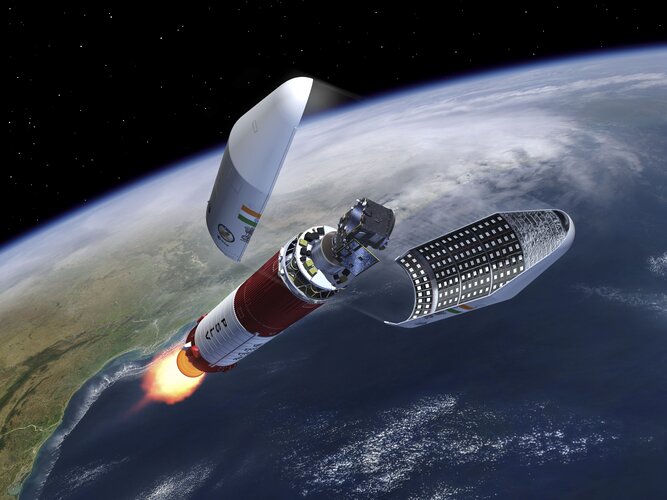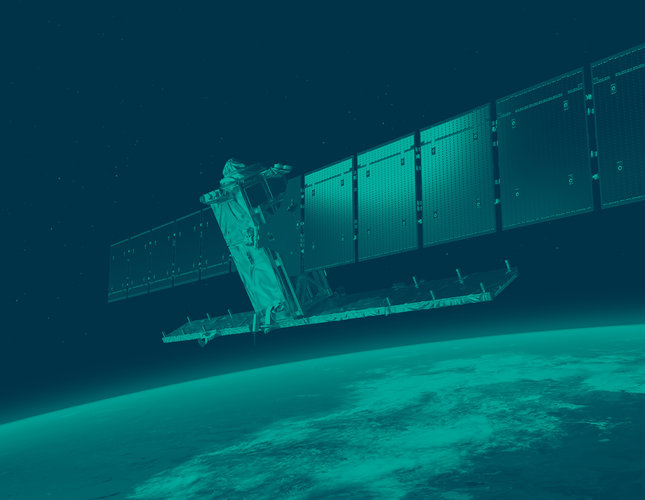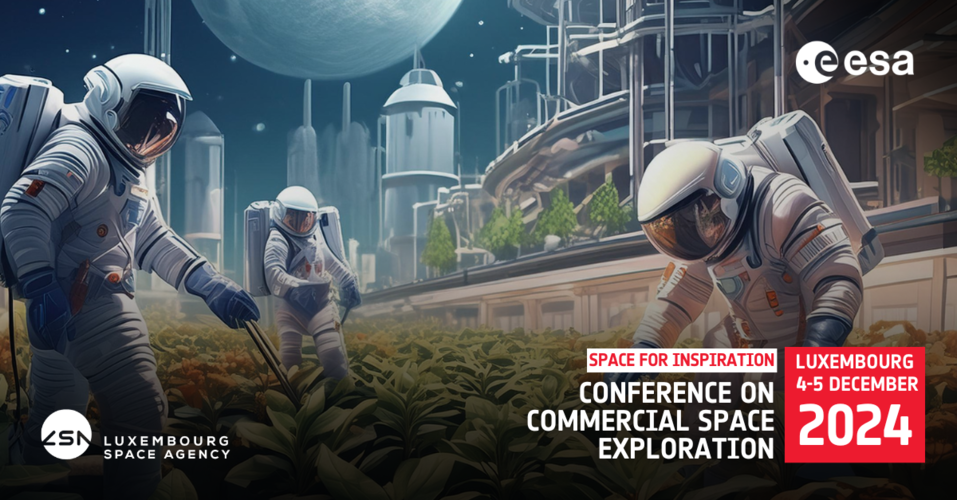Ce réseau décrypte 150 ans de découvertes scientifiques - Fouloscopie
https://yewtu.be/watch?v=1xe3zy2mU2M
https://www.youtube.com/watch?v=1xe3zy2mU2M
https://yewtu.be/watch?v=1xe3zy2mU2M
https://www.youtube.com/watch?v=1xe3zy2mU2M
#science #climate #environment
The research is not new, and the results have been misunderstood, and misreported.
https://yewtu.be/watch?v=chDl-u4va_A
https://www.youtube.com/watch?v=chDl-u4va_A
Peut-on remplacer les #pollinisateurs ?
Depuis des millions d’années, les plantes et leurs pollinisateurs renouvellent au quotidien leurs vœux d’amour fou et indestructible, s’adaptant en permanence les uns aux autres avec une finesse inouïe. Mais le nombre d’insectes susceptibles de polliniser tomates, pommes et framboises ne cesse de reculer. Que faire si ces vœux de fidélité sont remis en cause : https://www.arte.tv/fr/videos/115511-006-A/peut-on-remplacer-les-pollinisateurs/
#science #environnement #interdépendance
Note : je n'apprécie pas spécialement la présentation du programme mais j'attire votre attention sur l'importance des pollinisateurs sauvages qui est assez bien relevée ici notamment avec de l'exemple de l'#abeille...
Bounce theory
I imagined subatomic particles interacting with each other within the diffuse confines of nuclei.These atomic entities occupy space-time by engaging in oscillatory activity. One could say they are "bouncing" in space-time.
Imagine a balloon that has been filled with small, light plastic balls. The balloon is then inflated and placed under a piece of cloth that is in constant oscillation. The oscillations of the cloth produce small jumps in the balloons, which in turn produce movement of its inner elements. The angle, force and frequency of bounces of the balloons on the cloth would all determine the position of the smaller elements. The combination of the aforementioned variables is non-deterministic, but the individual principles involved in the oscillation of the cloth, the bounce of the balloon, and the movement of its inner particles, are deterministic.
The principles that determine the motion of subatomic particles are deterministic, but the "bounces" aren't, because the fabric of space-time oscillates as well, making the point of bounce random. This could account for why deterministic principles are hard to apply to the measurement of position in time and space of subatomic particles. We are not taking into account the "bounce"


Week in images: 11-15 November 2024
Discover our week through the lens
#news #space #science #esa #europeanspaceagency
posted by pod_feeder_v2

 Image: These two images acquired by Copernicus Sentinel-2 highlight how the mission can help distinguish between clouds and snow.
Image: These two images acquired by Copernicus Sentinel-2 highlight how the mission can help distinguish between clouds and snow.
#news #space #science #esa #europeanspaceagency
posted by pod_feeder_v2


The Proba-3 mission is set to demonstrate technologies needed for highly precise satellite formation flying, while also mapping the radiation content of the space through which it moves. The mission’s 3D Energetic Electron Spectrometer will measure electron fluxes as it passes through Earth’s radiation belts.
#engineering #technology #space #science #esa #europeanspaceagency
posted by pod_feeder_v2


Copernicus Sentinel-1
#earth #science #space #esa #europeanspaceagency
posted by pod_feeder_v2


Today, the European Space Agency signed six contracts that will help position Greece as a key player in the field of Earth observation.
#news #space #science #esa #europeanspaceagency
posted by pod_feeder_v2


ESA invites you to join its fifth Space for Inspiration conference on the future of commercial space exploration in Luxembourg on 4 and 5 December.
#human #space #science #esa #europeanspaceagency
posted by pod_feeder_v2
This is what Trump wants America to look like and smell like.
♲ Science Scholar - 2024-11-14 06:21:09 GMT
India's Capital Chokes on Toxic Smog 50 Times Above WHO Limit sciencealert.com/indias-capita… #science
https://climatejustice.social/@breadandcircuses/113477538393474961 breadandcircuses@climatejustice.social - Mother Nature says: FAFO
Trees and land absorbed almost no carbon dioxide (CO2) last year, and scientists are struggling to work out why.
Carbon sinks, such as forests, oceans and soils, are an essential part of regulating the Earth’s climate. Through natural processes, these land and ocean masses absorb almost half of all human carbon emissions from the atmosphere.
But preliminary findings for 2023 – the hottest year ever recorded on Earth – have found that the amount of carbon absorbed by forests, plants, and soil has temporarily collapsed.
This was completely unexpected, and therefore not something factored into most predictions and calculations about how quickly the Earth will heat up as a result of climate change. The breakdown of the land carbon sink could be temporary, but if it isn’t, this will drastically increase the rate of global heating.
It will be impossible for the world to reach net zero without carbon sinks, because there is simply no human technology that can absorb carbon on the same scale as the forests, grasslands, peat bogs, and oceans of the world.
#Science #Environment #Climate #ClimateChange #ClimateCrisis


We all know the frustration of settling down to watch something, only to spend more time staring at a buffering screen than enjoying the content. This common annoyance could soon be history, thanks to ESA's 5G-EMERGE project, which is combining satellite technology with 5G networks to revolutionise how we receive media content, particularly in areas where traditional internet connections struggle to deliver.
#telecommunications #space #science #esa #europeanspaceagency
posted by pod_feeder_v2